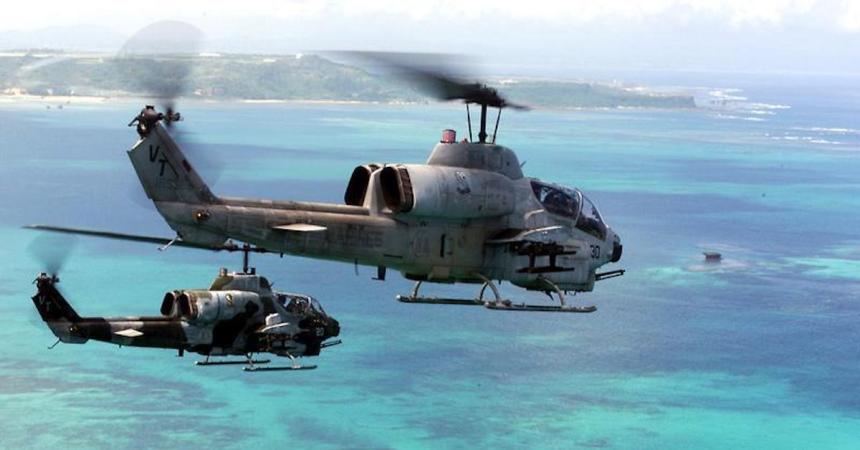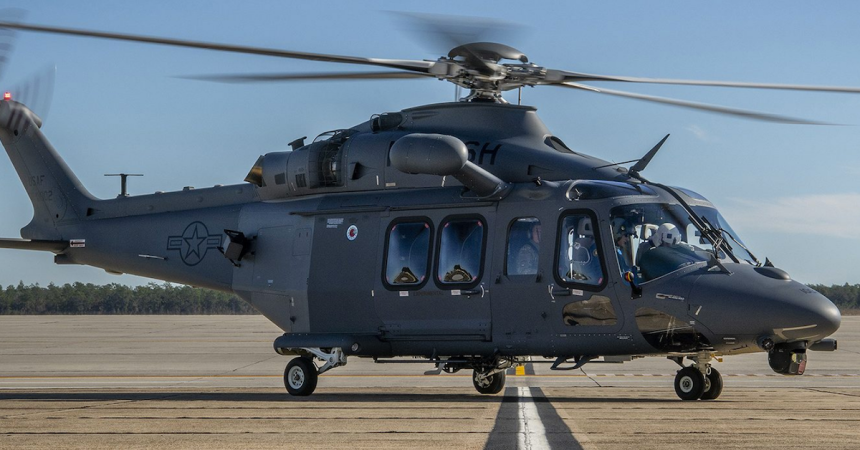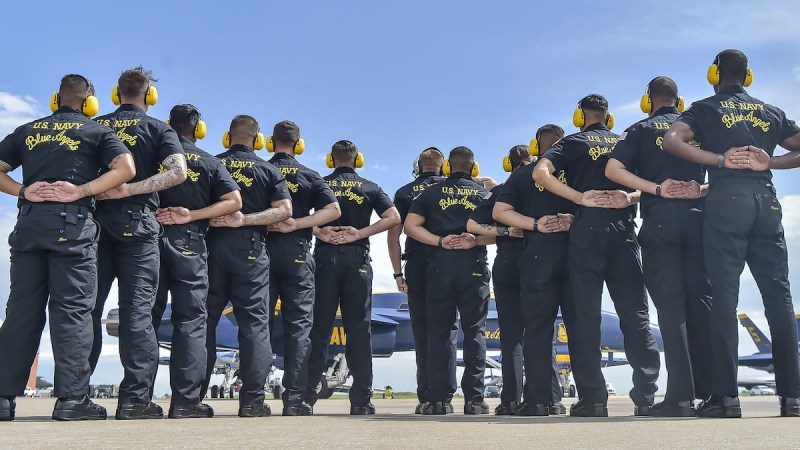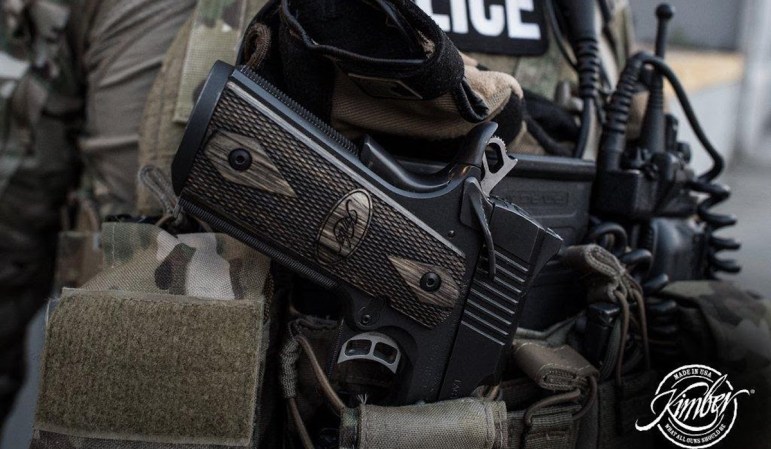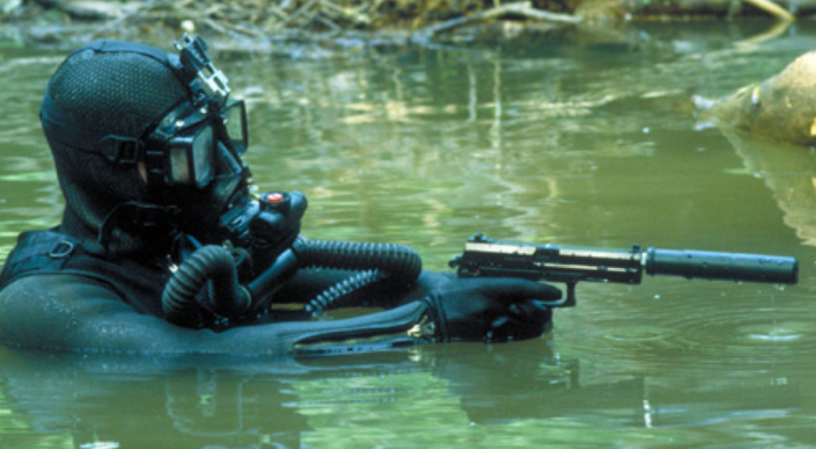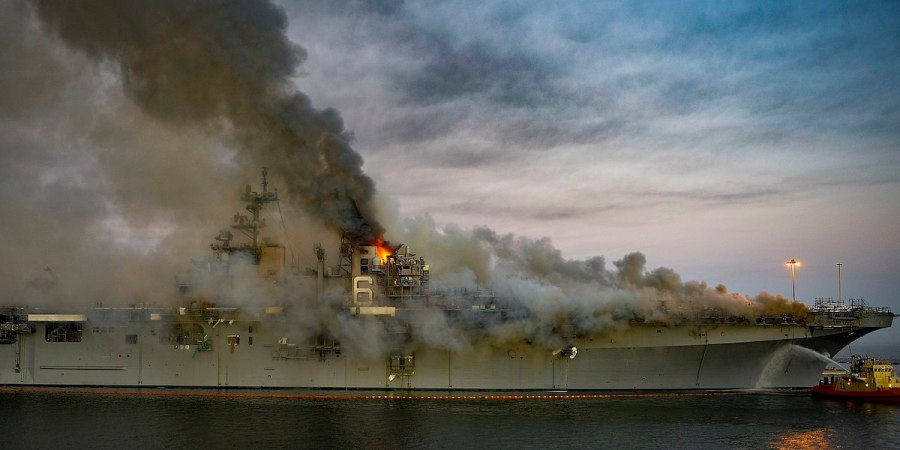Capt. Edward Rickenbacker was a hero of World War I who earned the title, “Ace of Aces,” a French Croix de Guerre, and a Medal of Honor despite joining the flying corps at 27, two years over the then-maximum age of 25.

After the close of the Great War, the former race-car driver got into business. At first, it was automobiles and racing but he returned to aviation and ran Eastern Air Lines. In Feb. 1941, he was riding on one of the company’s planes when it crashed on a hill near Atlanta.
Rickenbacker was severely injured in the crash. His pelvic bone, a leg, and multiple ribs were broken and an eyelid was torn.

In spite of his injuries and the fact he was pinned down by a dead body and the wreckage, he took control of the situation and sent a group to call for help. He kept everyone safe and calm for the nine hours it took for rescue workers to arrive and get him out of the wreckage.
Unfortunately, he wasn’t done with plane crashes. In 1942 Rickenbacker had mostly recovered from his earlier crash, though he continued to limp. The Army Air Force asked the aviation pioneer, then 52 years old, to consult on operations in the Pacific theater.
With a $1 a day salary, he set out for a tour of the Pacific. He first visited Hawaii en route to bases from Australia to Guadalcanal. On a B-17 with 7 other men, Rickenbacker departed Hawaii for Canton Island, but the B-17 got lost en route.

No one is quite sure how the B-17 got off course, though the navigator later suggested the octant may have been jarred during an aborted takeoff attempt. Regardless of how it happened, the B-17 found searched for Canton Island for hours without ever finding it and was eventually forced to ditch at sea.
Rickenbacker again took command, even though he was technically outranked by a colonel who was accompanying him as an aide. Floating in the ocean on three smalls rafts, the Army airmen were subjected to extreme cold at night and blistering heat in the day.
Rickenbacker oversaw the distribution of the four oranges the men managed to escape the sinking plane with, making them last six days. They had stored water for the crash landing, but it was lost in their hasty evacuation of the plane.
The eight men caught a small break two days later when Rickenbacker, who was sleeping with his hat protecting his face from the sun, woke up and realized that a sea gull was sitting on his head.
He managed to grab the gull and wring its neck. The men ate everything but the feathers and intestines raw, even the bones. The intestines were used as bait, allowing them to catch a few fish.
The audio is a bit hard to make out, but Rickenbacker told the story of the sea gull capture himself at a press conference:
(Note: The video erroneously identifies Rickenbacker as an admiral. He actually left the Army as a major but preferred to be referred to as a captain, the last rank he held in combat.)
That night, they got a second break when a storm hit. They spread all the fabric they could across the raft, socks, shirts, and handkerchiefs, and continuously wrung them out over a bucket, collecting a small quantity of water.
Despite these small successes, Sgt. Alexander Kaczmarczyk died on the 13th day. He had been returning to Australia after recovering from illness and had drank a large quantity of seawater on the escape from the plane. The added toll being soaked with sea water and exposed to extreme temperatures for nearly two weeks overcame him.
A few days later, on the 17th day, the group spotted a scout plane flying about 5 miles away. Efforts to flag it down failed, as did attempt to flag down the next six planes that appeared over the the two days after that.
Tired of waiting for rescue and believing that their chances would be better if they split up, two rafts left the flotilla, leaving Rickenbacker alone with two sick survivors.
Luckily, the plan worked. One raft found land where the natives and an English missionary nursed them while waiting on doctors to arrive. The other dispatched raft was spotted by a Navy patrol plane who picked them up. The survivors told the Navy where to look for Rickenbacker’s raft.
A Kingfisher plane then found Rickenbacker’s raft using the information from the other survivors and delivered Rickenbacker and another man to a Navy PT boat where they drank pineapple juice, soup, and water en route to an island medical facility.
One survivor, too sick to be moved, remained on the plane which delivered him to the same island.
Rickenbacker had lost 40 pounds, developed a number of sores from the salt water, and was severely dehydrated, but he spent only two weeks recovering in a Navy hospital before insisting on completing his mission.
He visited Australia, New Guinea, Guadalcanal, and Samoa, riding to each destination in planes at night while he slept, apparently unconcerned about the possibility of a third crash. When he arrived in Washington and spoke to Secretary of War Henry Stimson, he added into his report some suggestion for how to improve the survival kits installed in planes.



